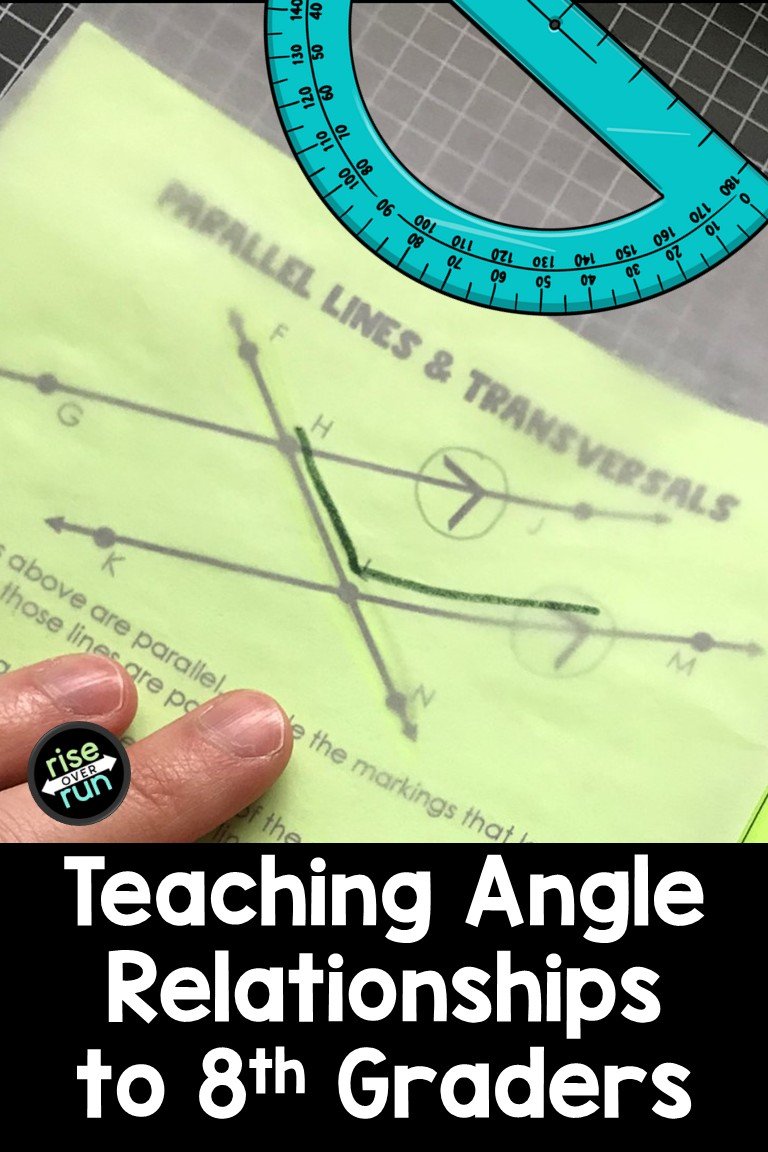
Teaching Angle Relationships in 8th Grade Math
Angle relationships are one of the geometry topics 8th graders learn. Most students have been exposed to angle measures in previous grade levels, but they learn new concepts including interior angle sums and parallel lines cut by a transversal. Let’s discuss why angle relationships are an important concept to learn, and tips for teaching angles in a limited timeframe.
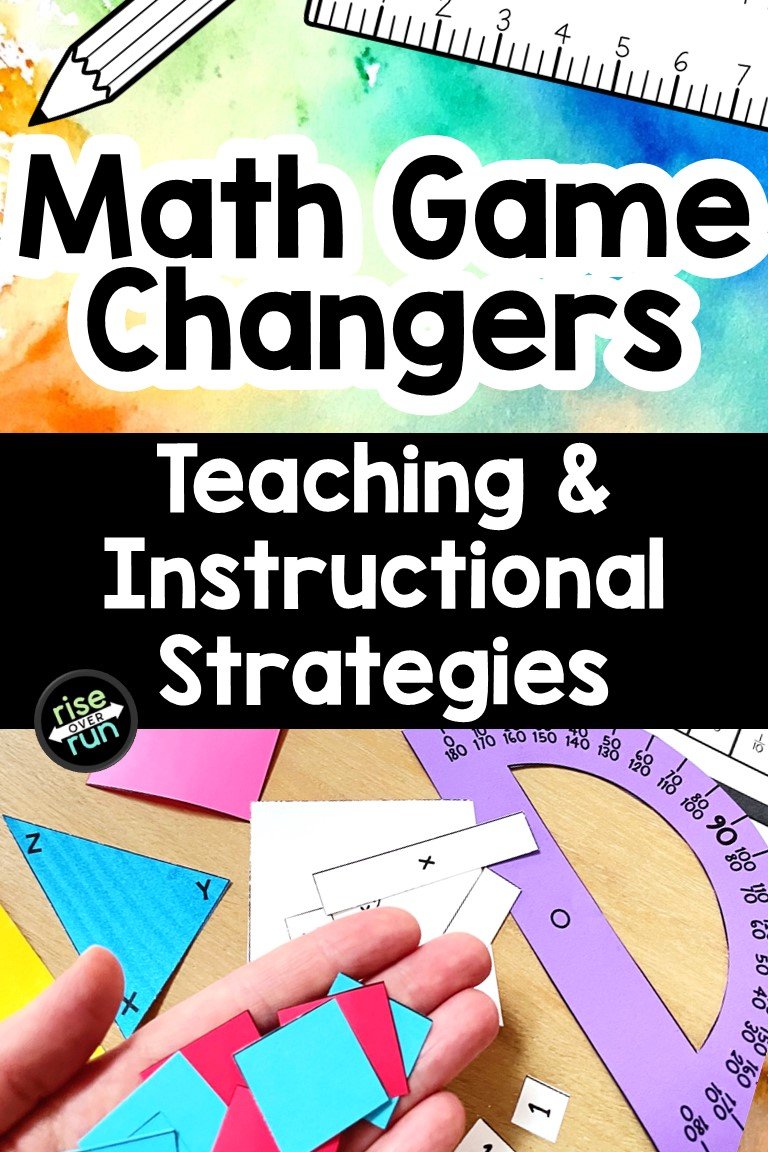
Math Instructional and Teaching Strategies
As math teachers, we are always looking for strategies that help our learners understand the concepts we’re teaching. I asked teachers on Instagram to tell me game-changing strategies that made their math lessons more effective. Several of the ideas were small changes that can have a big impact.

You are a Math Person: Promoting a Positive Math Identity with Students
Are you a math person? Do your students see themselves as math people? Students and teachers often hear that certain people are math people and others are not. The truth is that no one is born doing math, and everyone can get better and better at math. We also need to show students that being fast at calculations is not what makes someone good at math. Math takes hard work, thinking, problem solving, creativity, analytical skills, communication skills, and more. In short, there are many ways to be a math person. When we help students see they have many math strengths, they start to develop a positive math identity and see themselves as math people.
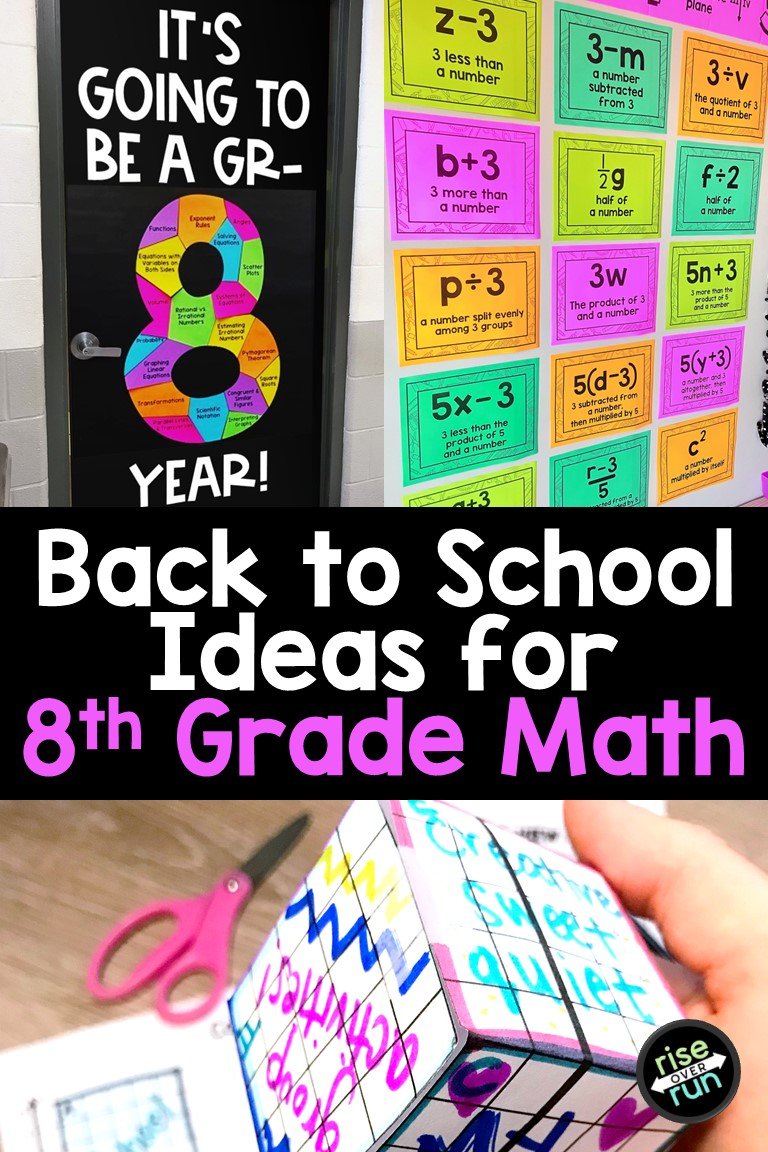
8th Grade Math Classroom Decorations and Back to School Ideas
Welcome your 8th graders back to school with these ideas! Classroom decorations and get-to-know-know you ideas can help set the tone for the year and give them a glimpse of what they’ll learn this year.
I’ve gathered some of my favorite resources for the first day and the beginning of the year for 8th grade math. Included are ideas for back-to-school classroom decorations, activities for the first day, and routines we can establish from the start.
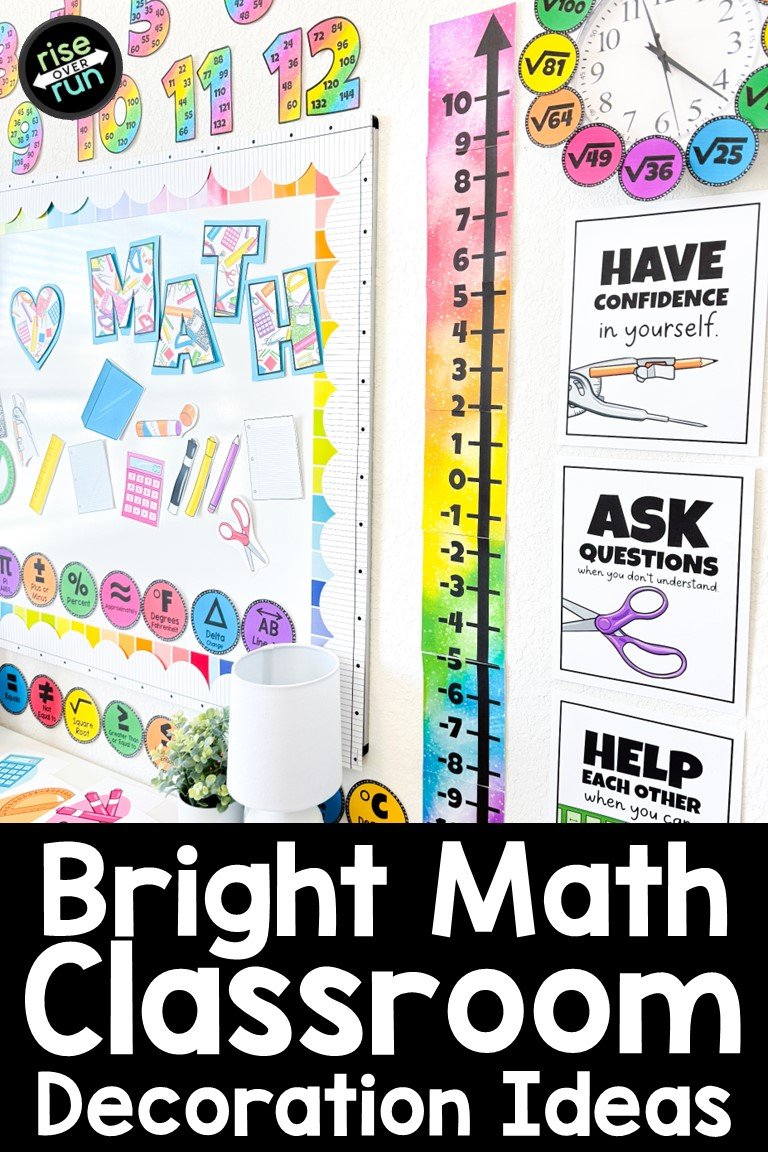
Colorful Math Classroom Design and Decor Ideas
Creating a math classroom that is colorful and inviting is a great way to welcome students at the beginning of the year! The design choices and decor can set the tone and make students feel comfortable. Math classroom decorations can reinforce the concepts we teach, as well as send positive messages about math! Today I’m sharing ways to bring color into your math classroom in meaningful ways.
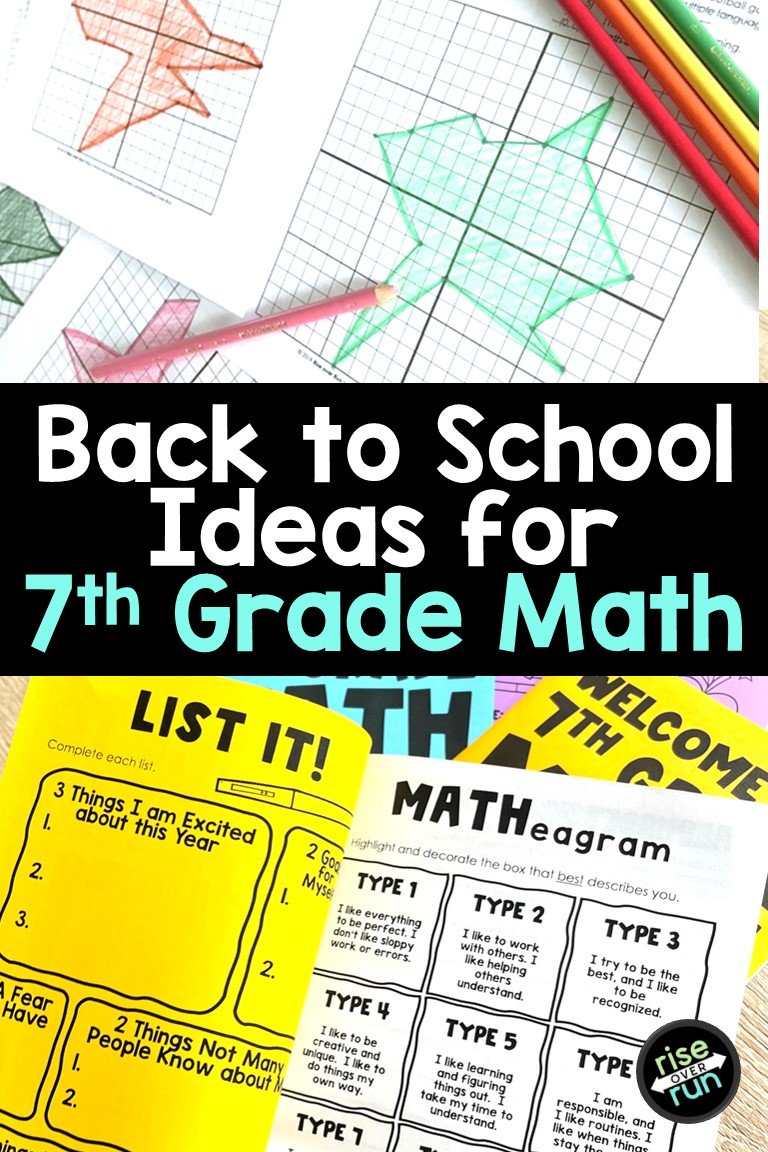
7th Grade Math Classroom Decorations and Back to School Ideas
Here are some of my favorite resources for the beginning of the year for 7th grade math. Included are ideas for classroom decorations, activities for the first day, and routines we can establish from the start.
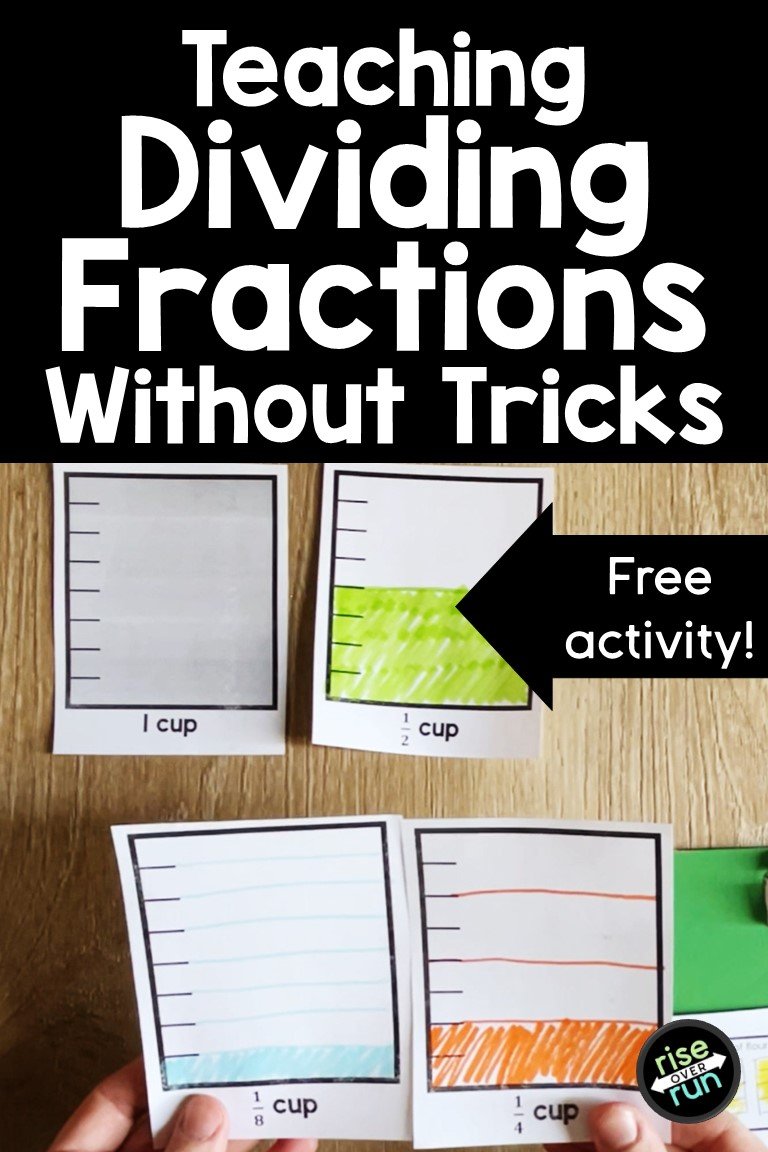
Math Without Tricks: Making Sense of the Division of Fractions
The "Keep-Change-Flip" (KCF) method is a common math trick used to teach students how to divide fractions. The instructions are simple: keep the first number, change the division sign to multiplication, and flip the second fraction. This method works and provides the correct answer, but there is a significant downside.
If our only focus is on getting the answer, KCF can seem very appealing. However, students often end up with no clue how they arrived at that answer or if it even makes sense. Additionally, tricks without meaning are frequently applied incorrectly in later problems, leading to confusion and errors.
I am a strong advocate of helping students understand that math makes sense. I'll show you a way to approach fraction division that gets students thinking critically and making sense of their answers.

STEM and STEAM Ideas for Middle School Students
S.T.E.M (Science, Technology, Engineering, and Math) or S.T.E.A.M. (Science, Technology, Engineering, Art, and Math) activities are an engaging way to get students interested in class. Many students may be surprised to learn that creativity plays a role in math fields. STEAM activities can allow students to apply the concepts they’ve learned in math or science class in new ways. While some schools are offering STEM classes, you may want to occasionally incorporate STEM or STEAM activities into your math class. I’ve gathered a few simple STEAM ideas that are perfect for engaging middle schoolers.
